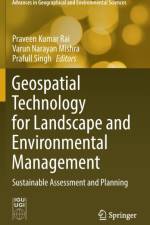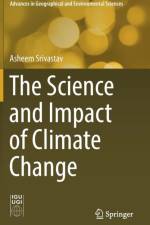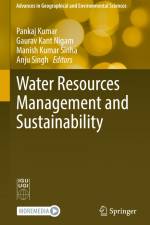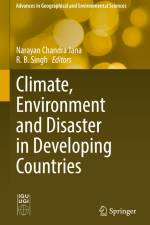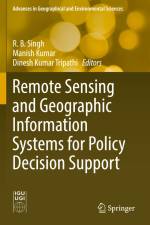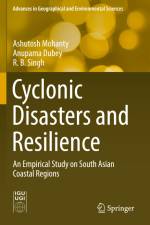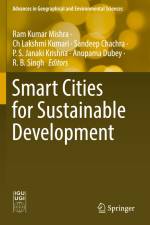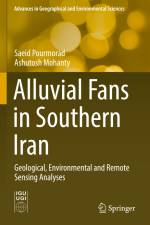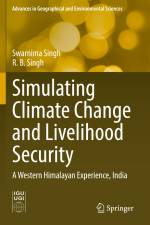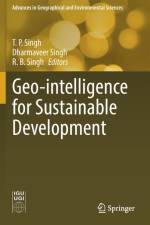av Pankaj Kumar
1 801 - 2 001
Water is the elixir of life and is crucial for sustainable development. Earlier, it was considered to be a limitless or at least a fully renewable natural resource. During the past 20 years, however, there has been tremendous pressure on this precious natural resource mainly due to rapid urbanization, industrialization and the increase in the human population. Together, these have resulted in increasing demand for irrigation, industrial, and household purposes to meet supply-chain requirements. Keeping in mind the scarcity of available water resources in the near future and its impending threats, it has become imperative on the part of scientists in hydrology and allied disciplines such as geography, landscape planning, sustainability science etc. Regional planners and supply chain management experts also must be involved in studying the spatial and temporal nature of the growing demand for water and the future availability for its judicial use and sustainable management. A primary intent of the book is to provide comprehensive scientific knowledge base on water resource management and sustainability. It covers geo-engineering and scientific problems, case studies, and sustainable solutions in the water resources management domain. Additionally and of equal importance, the chapters of the book provide in-depth coverage on water resource vulnerability, water quality, wastewater treatment, application of remote sensing and geographical information systems hydrological modeling and harvesting, climate variability and runoff, sediment discharge and irrigation planning, community participation in water governance, internet of things and machine learning applications for sustainable water resources management. This practical, state-of-the-art reference book is a valuable resource for students, researchers, scientists, policymakers, spatio-temporal designers of water resource systems, various stake holders interested in hydro-climatology and sustainable water resources management.

